The Pros and Cons of PPF (Paint Protection Film)
When it comes to keeping your car looking fresh, shiny, and stone-chip free, few things come close to paint protection film (PPF). For years, it’s been the secret weapon of supercar owners, track enthusiasts, and anyone who cringes at the thought of a rogue pebble ruining their paintwork.
But like anything in life, there are pros and cons. The good news? When it comes to PPF, the pros far outweigh the cons - and even the “downsides” usually have a silver lining.
So, if you’re sitting on the fence about whether to wrap your pride and joy in PPF, let’s break it down.
What Is PPF, and Why Do People Love It?
Paint protection film is a transparent polyurethane layer applied to your car’s paintwork. It acts as a sacrificial barrier, absorbing impacts and preventing scratches, stone chips, and scuffs from reaching the paint underneath.
Modern films are virtually invisible, self-healing with heat, and designed to last for years. For enthusiasts who actually drive their cars - whether it’s down the NC500 in Scotland, through the Alps, or just to Tesco - PPF offers peace of mind.
The Big Pros of PPF
1. Protection From Stone Chips and Road Debris
This is the main reason people choose PPF. Whether you’re behind a lorry on the M1 or blasting through mountain roads, your front bumper, bonnet, and sills are always under attack from flying debris. PPF takes the hit, so your paint doesn’t have to.
2. Self-Healing Magic
Here’s where it feels like witchcraft: light scratches and swirl marks disappear when heat is applied (either from the sun or hot water). It keeps the car looking fresh without constant polishing.
3. Keeps Cars Looking New
If you’re leasing a Golf or running a Ferrari, there’s value in handing the car back (or selling it) with paint that looks unmarked. PPF preserves resale value by maintaining original paintwork. In some cases, that makes the upfront cost more of an investment than an expense.
4. Invisible Finish
Unlike older protective films that could yellow or peel, professional PPF today is virtually undetectable. Done properly, you’d never know it’s there - except your car still looks amazing years later.
5. Peace of Mind for Every Drive
There’s something satisfying about knowing your paint is safe. Whether it’s tight parking spaces, winter grit, or just everyday driving, PPF takes away a lot of stress.
The “Cons” of PPF (And Why They’re Not So Bad)
1. It Costs More Than a Wash and Wax
Yes, PPF is an investment. A partial front-end wrap will cost from £1,600, while a full-body wrap runs a bit deeper into the thousands. But think of it this way: a respray or paint repair on a bumper can easily cost the same as partial PPF.
On a supercar? It’s not even a comparison - paint jobs can be upwards of £10,000. You’re saving money in the long run.
2. It Takes Time to Install
A proper PPF job isn’t a quick in-and-out service. It takes time, precision, and skill - sometimes several days. But this isn’t really a “con” when you realise the result is years of protection. One week in the shop for 5+ years of peace? Worth it.
3. Needs a Professional Touch
PPF isn’t something you want to DIY in your garage. A bad installation means bubbles, lifting edges, and wasted money. But really, this is a positive: it means you get to hand your pride and joy over to someone who knows what they’re doing, ensuring flawless results.
Why Paint Correction Should Come First
Here’s the thing: PPF is transparent. That means if you apply it over swirl marks, scratches, or dull paint, those imperfections will still be visible. Worse - they’ll be locked in until the film comes off.
That’s why professional installers always recommend paint correction first. By polishing out the defects and restoring the paint’s natural shine, you’re giving PPF the perfect base. The result is a flawless finish protected for years.
And if you’re not quite ready for PPF yet? Paint correction on its own is a great way to transform your car’s look. It restores the “showroom finish” and leaves you with the option to add PPF later.
Is PPF Right for Every Car?
Not always - and that’s okay. For everyday lease cars or short-term PCP deals, full-body PPF might be overkill. A ceramic coating or partial PPF (front bumper, bonnet, side skirts) is often the smarter choice.
But for:
Performance cars (M3s, RS Audis, AMG Mercs)
Supercars (Lamborghini, Ferrari, McLaren)
Classic cars or long-term keepers
Daily drivers you want to keep pristine
…PPF is hands-down the best way to protect your paint.
Final Thoughts
So, the pros and cons of PPF? The “cons” are really just investments in disguise. Yes, it costs more upfront, and yes, it needs a professional installation - but what you get in return is priceless peace of mind, preserved value, and a car that looks brand-new for years.
If you care about how your car looks (and we know you do), PPF is one of the smartest investments you can make in automotive care.
Want to protect your car properly? Book in with us today for paint correction or PPF installation, and let’s keep your car looking flawless for the long haul.




